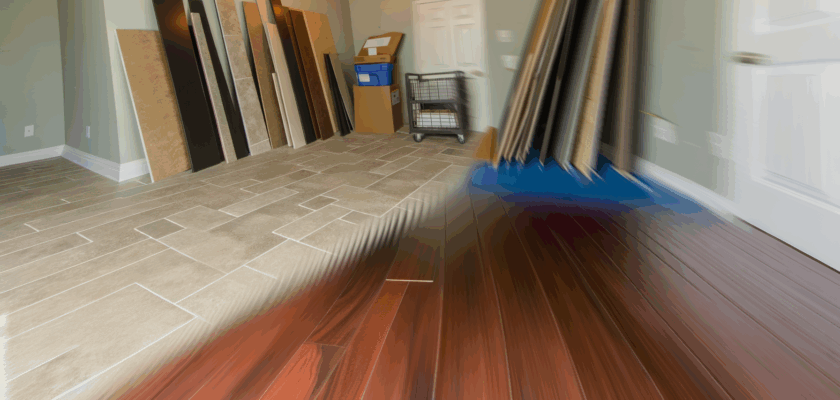Living in multi-story buildings or apartments presents unique challenges when it comes to maintaining peaceful relationships with neighbors. One of the most common sources of tension is noise transmission through floors, which can disturb those living below. Choosing the right flooring not only enhances your home’s aesthetic but also serves as a practical solution to minimize sound disturbances. This article explores effective flooring options aimed at protecting your neighbors below by reducing noise transfer and compares different materials that cushion sound transmission.
Effective Flooring Choices to Minimize Noise for Neighbors
When it comes to reducing noise for the neighbors below, the primary goal is to limit impact noises such as footsteps, dropped objects, and furniture movement. Carpet is often lauded as one of the most effective flooring types in this regard. Its fibrous texture absorbs sound waves, preventing them from traveling through the floor structure and into the apartments beneath. Additionally, carpet padding amplifies the effect by adding an extra layer of insulation.
Hardwood floors, while popular for their durability and appearance, generally transmit sound more easily. However, when combined with soundproofing underlays, hardwood can also contribute to noise reduction. Specialized acoustic underlays made from materials like cork, rubber, or foam can be installed beneath hardwood floors to absorb impact sounds and reduce vibration, helping to protect neighbors from disruptive noises.
Laminate and vinyl flooring, both common in modern homes, tend to transmit noise more readily than carpet or cushioned hardwood floors unless paired with appropriate underlayment. Using acoustic underlays designed for these materials can greatly decrease sound transmission. Moreover, area rugs placed strategically on laminate or vinyl floors further dampen noise, offering a practical and flexible solution to benefit neighbors below.
Comparing Materials That Cushion Sound Transmission
Among flooring materials, carpet remains the top performer for sound absorption due to its thick, dense fibers and padding beneath. Wool carpets, in particular, provide superior noise reduction compared to synthetic options, although they come at a higher cost. Besides impact noise, carpet also minimizes airborne noise, such as conversations or music, making it a comprehensive solution for multi-unit dwellings.
Cork flooring is gaining attention as an eco-friendly alternative that naturally cushions sound. Its cellular structure traps air, which acts as a sound barrier, reducing impact noise effectively. Cork is also comfortable underfoot and resistant to moisture, though it may require more maintenance than other flooring types to maintain its soundproofing properties over time.
Rubber flooring, often used in gyms and commercial spaces, offers excellent sound insulation due to its density and elasticity. It absorbs both impact and airborne noises efficiently. While less common in residential settings, rubber flooring can be a durable and practical choice for spaces that require high-performance noise control, such as home gyms or playrooms, helping to protect neighbors below from unwanted disturbances.
Selecting the right flooring is a crucial step in fostering good neighborly relations in multi-story living environments. By opting for materials that effectively cushion sound transmission, residents can significantly reduce noise disturbances to the units beneath them. Whether it’s the plush comfort of carpet, the natural resilience of cork, or the high-performance qualities of rubber, informed flooring choices make for a quieter, more harmonious home for everyone involved.

